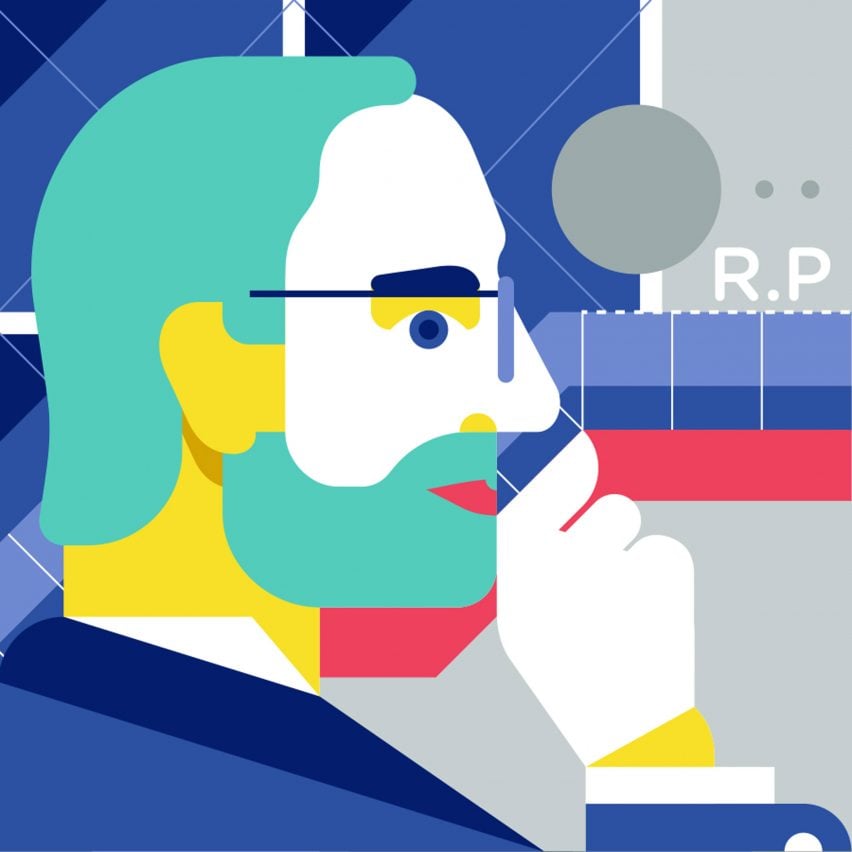
Renzo Piano designed one of high-tech architecture's seminal buildings – the Centre Pompidou. Continuing our high-tech architecture series we profile the Italian architect who was a key figure in the largely British-led movement.
Piano would tell you that he doesn't have a signature style, that he finds the idea of it inhibiting. He likes to treat every project as a problem requiring its own practical solution.
However, there is no denying that, across his wide-ranging portfolio of projects, engineering and technology play an important part. As the architect of the Centre Pompidou he was a key figure within high-tech architecture, the style that emerged in the UK in the late 1960s and celebrates structural elements.
The Italian architect frequently names lightness and transparency as the most important qualities in his work, and these qualities often extend to the structural language. From the elegant, jagged form of The Shard to the floating roof of the Beyeler Foundation, elements are designed to appear both monumental and lightweight.
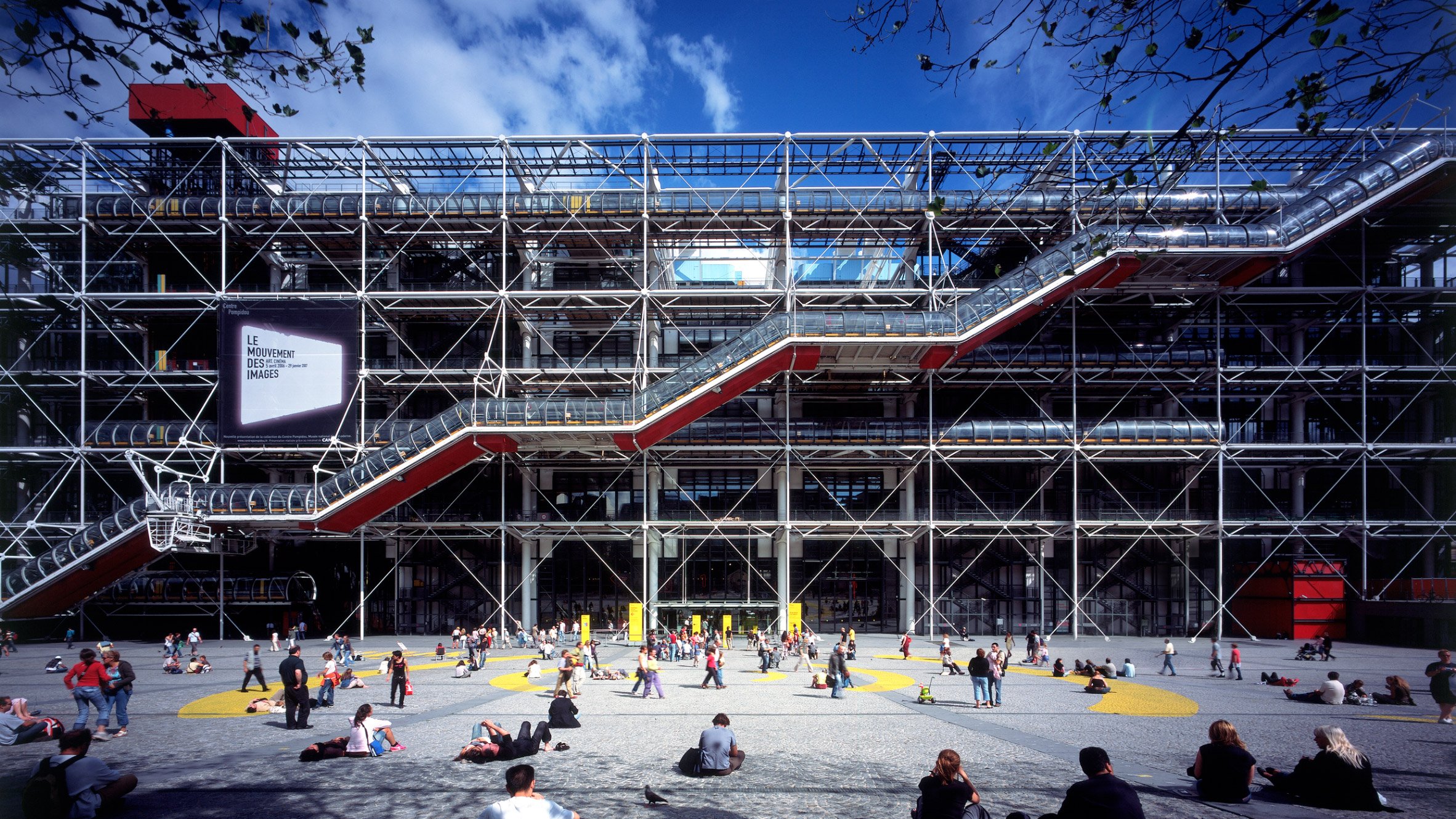
There is an inherent pragmatism to his approach, indicative of a man for whom the building site was one of his first loves.
"I like the idea that architecture is made in such a way that you see the trace of your hands there," Piano said in a recent film produced by Thomas Riedelsheimer. "Even if you do it by machine, it doesn't matter, you still feel the way the pieces come together, and coming together they create something that makes sense."
Piano also sees architecture as a civic duty to be taken seriously. He is an optimist, confident in the ability of buildings to embody good value systems and improve the lives of the people around them. For Piano, the high-tech spirit manifests through his ambition to always find the most rational answer to an architectural brief.
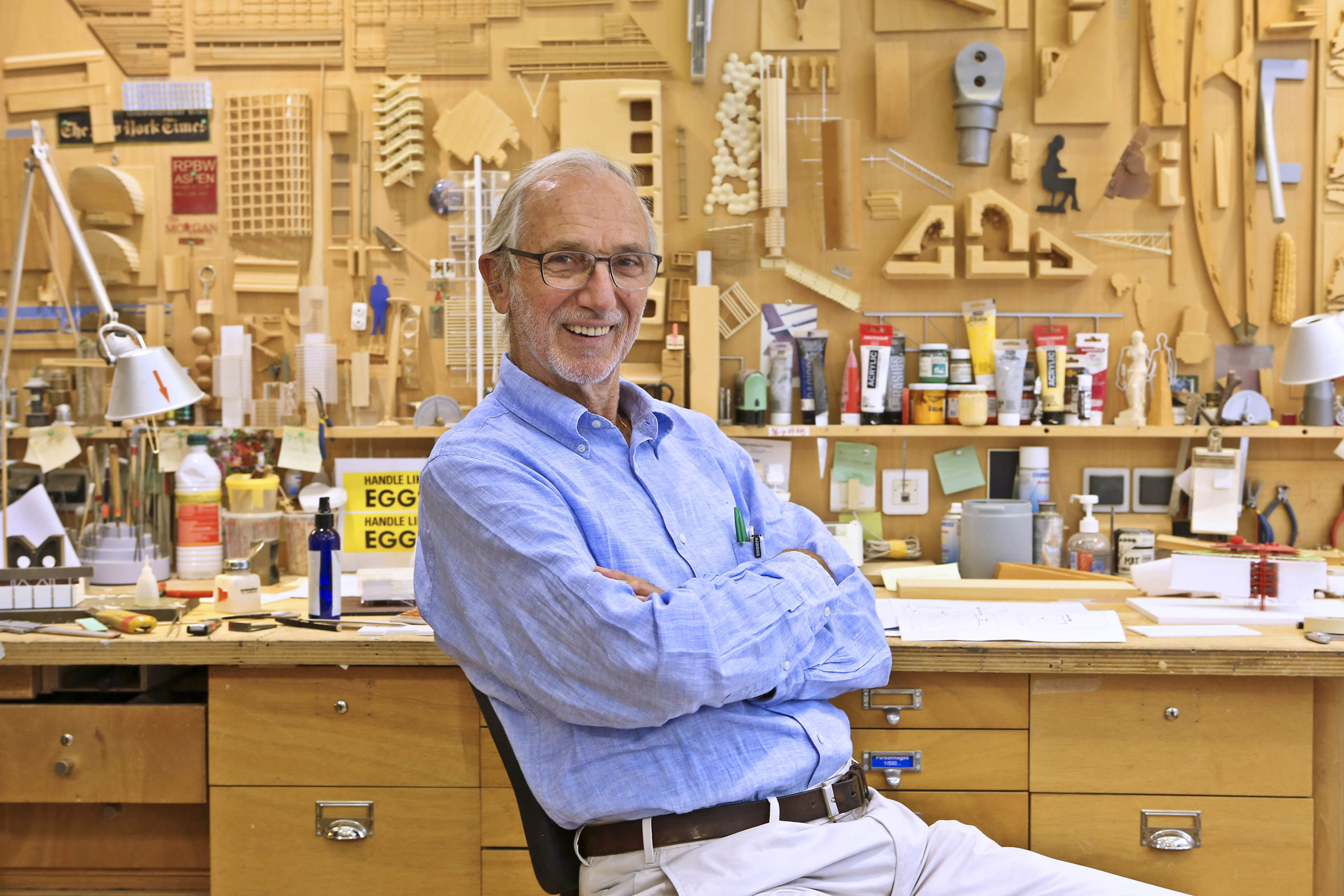
Born in 1937 in Genoa, Piano grew up in a family of builders. His father was a house builder, and his grandfather and four uncles were also in the construction industry.
His teenage years were a time of constant change, with the city rebuilding itself in the aftermath of the second world war. But the architect reflects warmly on that time of his life, when he developed his own enthusiasm for building.
"My real love was the building site," he said in an interview with The Telegraph in 2011. "For a little boy it is a marvellous place. I grew up thinking that building is a great thing to do with your life. Eventually you become an architect but at heart you are still a builder – it's under your skin."
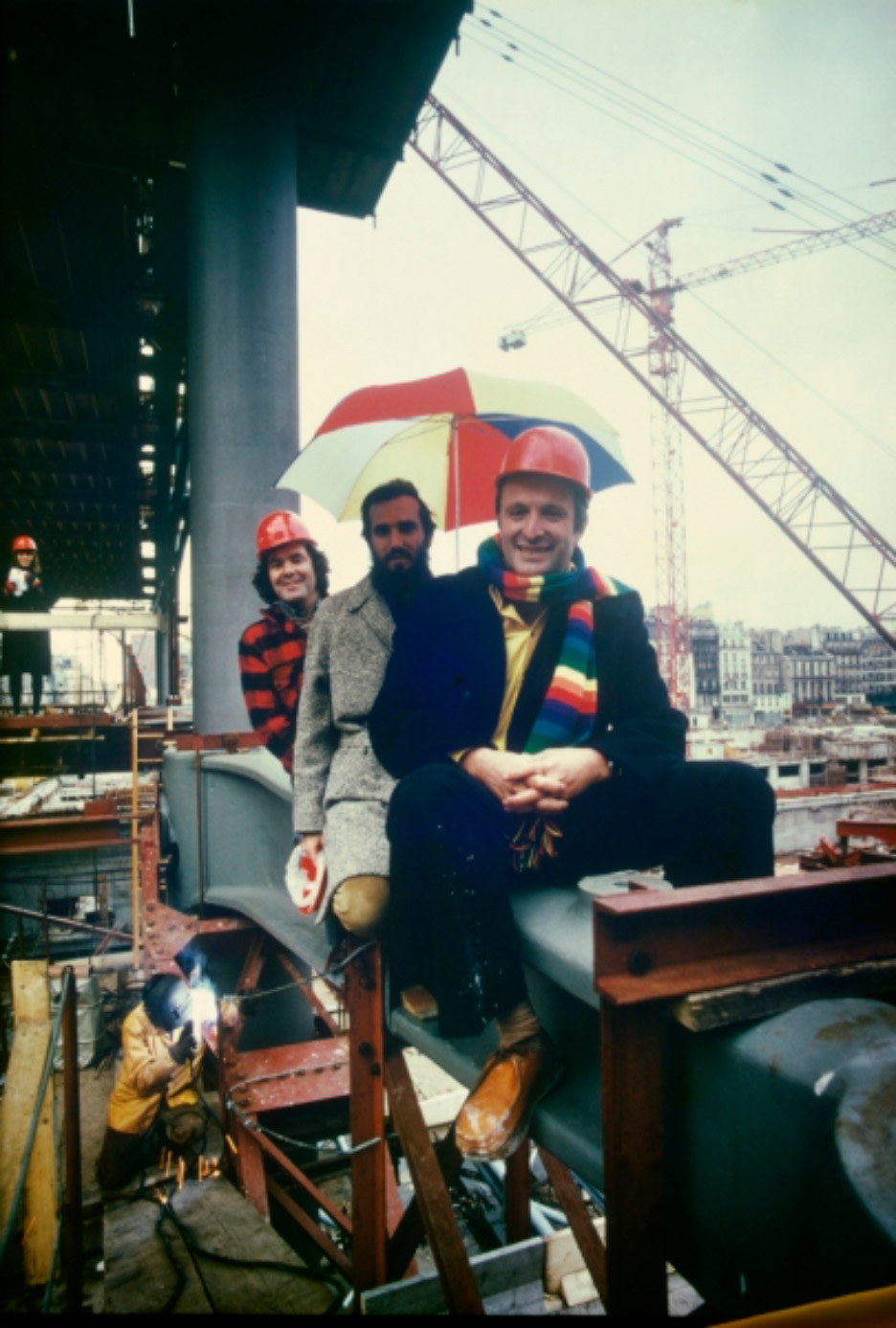
A fascination with boats also began in the architect's childhood. Not only has he enjoyed sailing his whole life, he also designed and built his own boats in his parent's garage.
A hardworking attitude followed the aspiring architect through college. While studying at Milan Polytechnic in the early 1960s, he also worked on building sites for his father. After graduating, he stayed on at the college for several years as a teacher and worked on a few smaller projects. Then, in 1969, he made a move that would come to define his career.
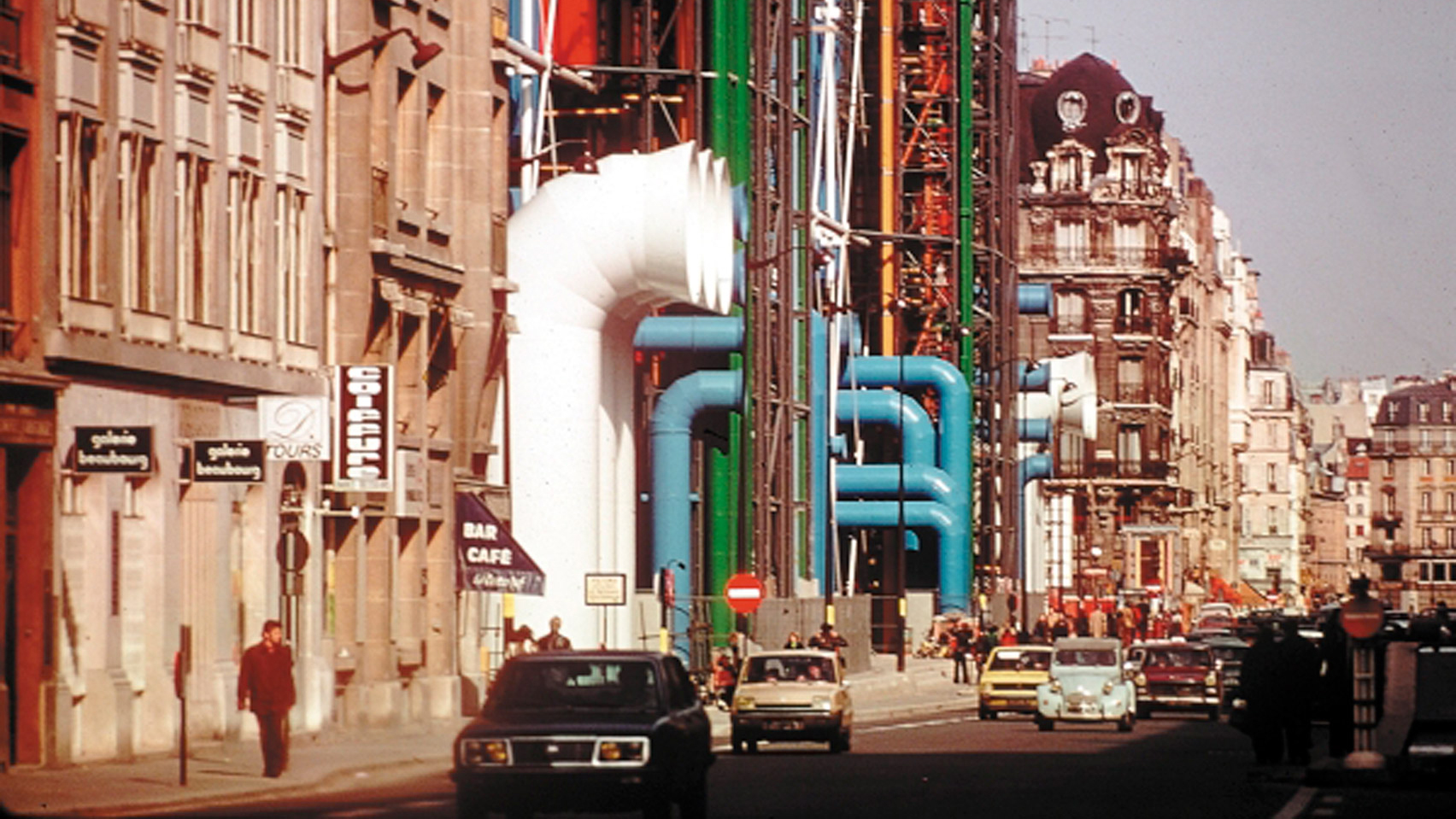
Driven by the pursuit of greater opportunities for architectural experimentation, he relocated to London with his wife and children, where he met a young English architect who shared his interest in the engineering of architecture.
Richard Rogers, with his then-wife Su Rogers, had not long completed the pioneering Wimbledon house. They decided to team up, forming the studio Piano & Rogers.
Commissions were few but, in 1971, their studio of just five people won a competition that changed everything. Selected out of 681 international entries, they were given the commission for the Centre Pompidou, a major exhibition centre expected to revitalise in Paris after the social unrest of 1968. They were stunned – they never believed they had a chance.
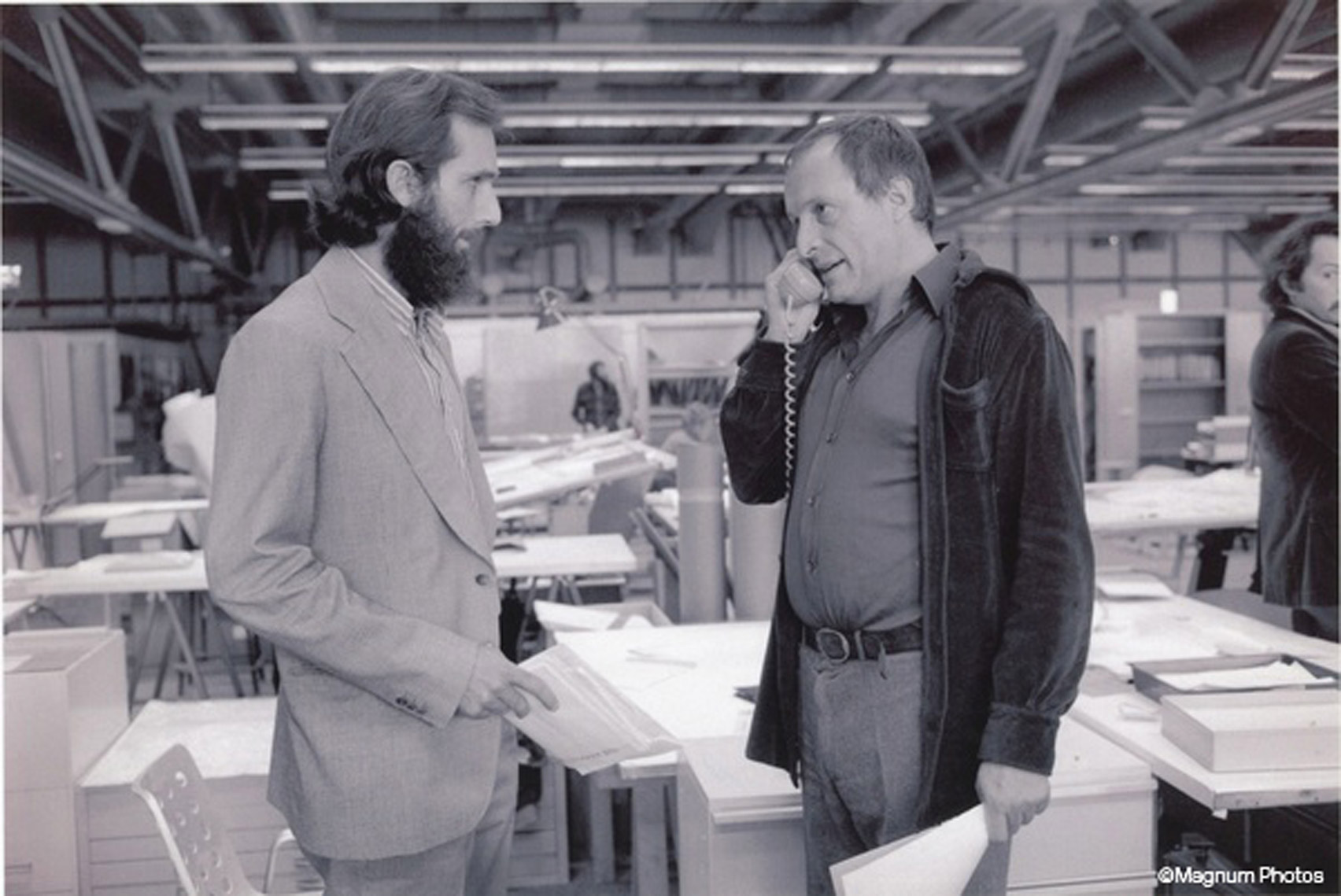
The design, developed with fellow Italian architect Gianfranco Franchini, as well as Peter Rice and Ted Happold of Ove Arup & Partners, centred around the idea of flexibility and transparency.
The monumental 10-storey building only takes up half the site, leaving space in front for a public plaza. Assembled like a huge kit of parts, it wears all of its colour-coded services on the exterior: blue for air-conditioning pipes, red for tubular escalators and elevators, yellow for electrics and green for circulating water. This frees up space inside for huge column-free exhibition spaces.
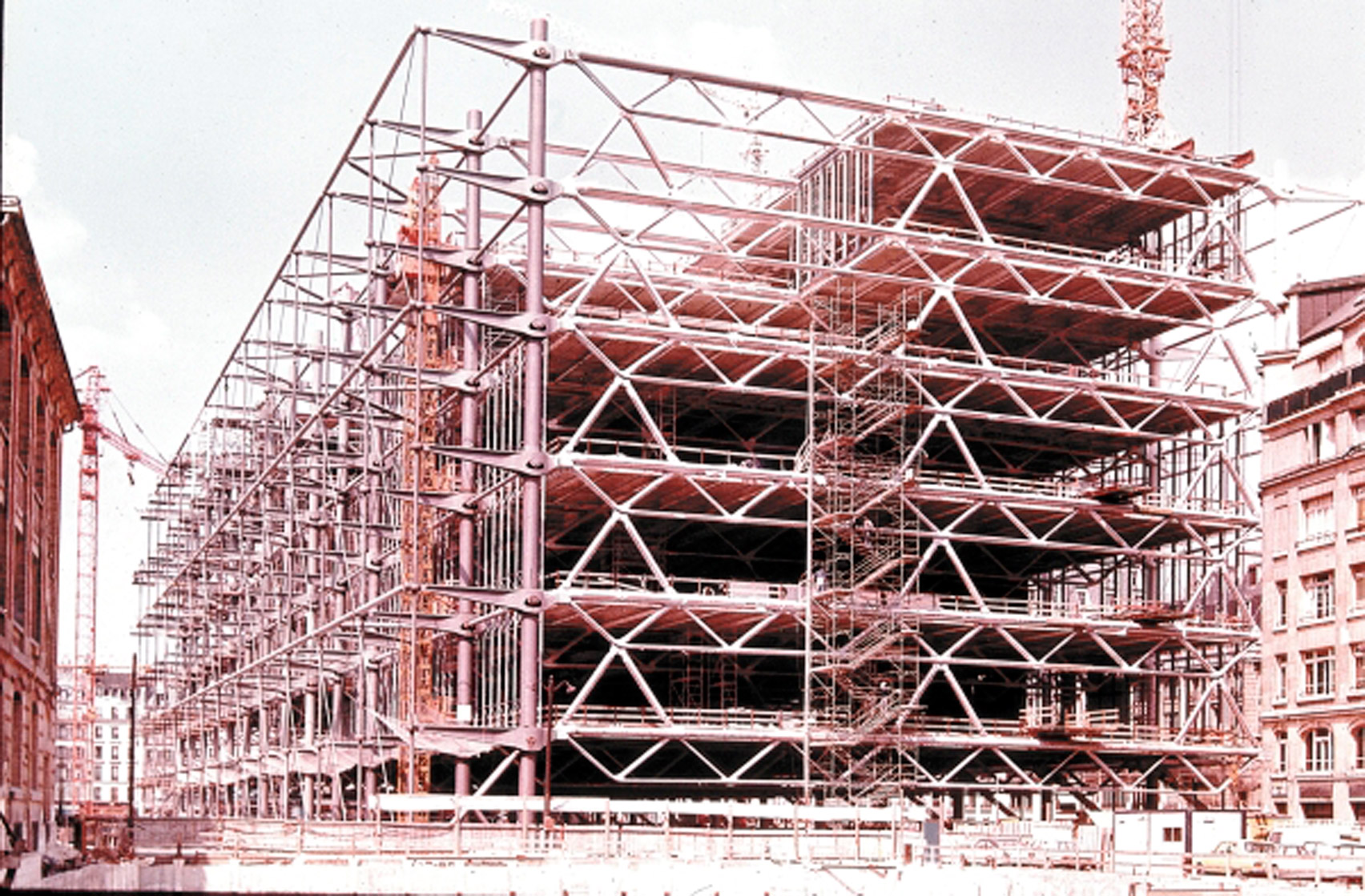
Although the building is perhaps the most recognisable example of the high-tech style, Piano believes otherwise. He insists that the building is a parody of technology, rather than a celebration of it, in the spirit of Cedric Price's Fun Palace.
It is, he told The Guardian in 2002, "a joyful urban machine, a creature that might have come from a Jules Verne book, or an unlikely looking ship in dry dock".
The project was a lesson for Piano in many ways. Not only was it used as a political tool – named in tribute to the late president and prime minister Georges Pompidou, and later claimed by his rival – it also fell victim to controversial press and lawsuits.
So it was not unsurprising that in 1977, the year the building opened, Piano and Rogers both felt it was time to move on. They never worked together again, even though they maintain a close, almost-brotherly relationship to this day.
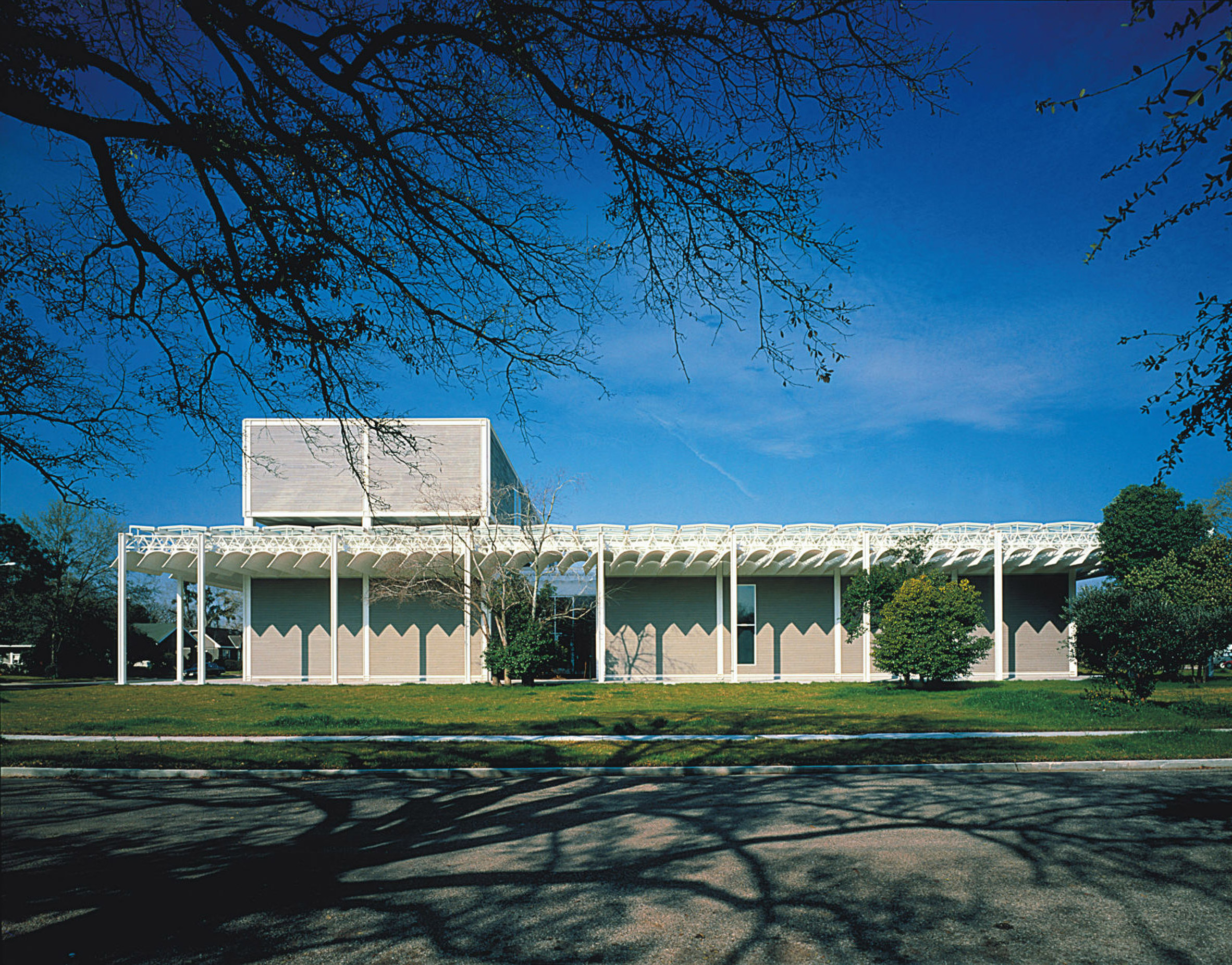
Unlike Rogers, who carried on experimenting with the Pompidou's inside-outside approach, Piano's work took a more sober turn in the 1980s. Construction was still at the forefront, but it came in structures with a more mature nature.
The architect stayed in Paris, where he still lives and works today, and also returned to Genoa to set up an office there, in a building perched high up on the seafront and accessible by cable car.
He chose the name Renzo Piano Building Workshop, a telling reflection on the nature of his practice, and continued to collaborate with Arup's Peter Rice, with whom he had an instant rapport.
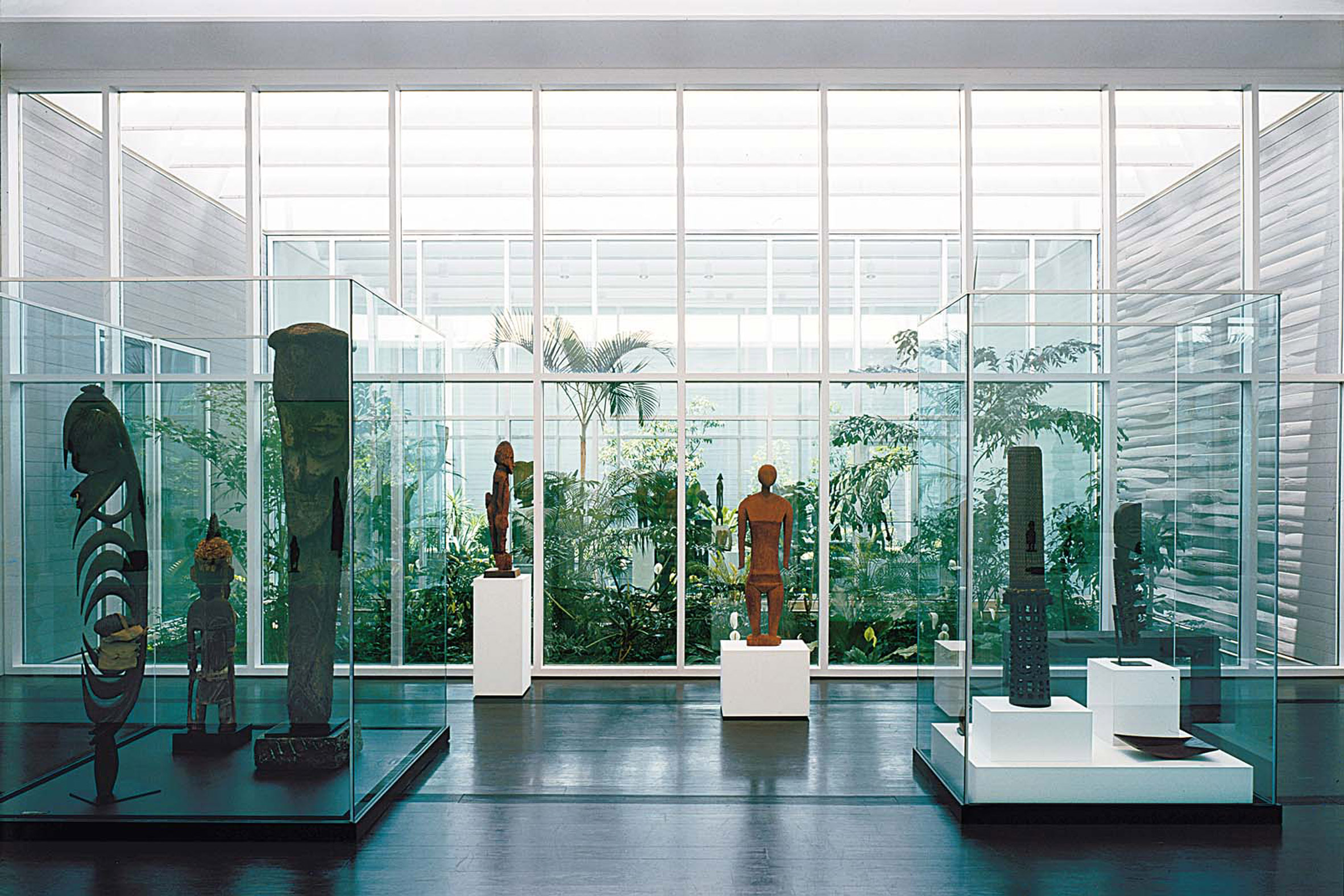
The Menil Collection in Houston, Texas, was the next major project Piano produced, and it remains one of his finest. A museum for Dominique and John de Menil's 10,000-piece collection of artworks, the building is surprisingly light in character.
It contains 2,800-square-metres of galleries and public space, organised around a central spine and a winter garden.
Piano had been told that the artworks should be shown in daylight, so he and Rice developed a system of concrete "leaves" that function as louvres, bringing sunlight in without causing damage to the works. As a result, the galleries are dynamic across the course of each day.
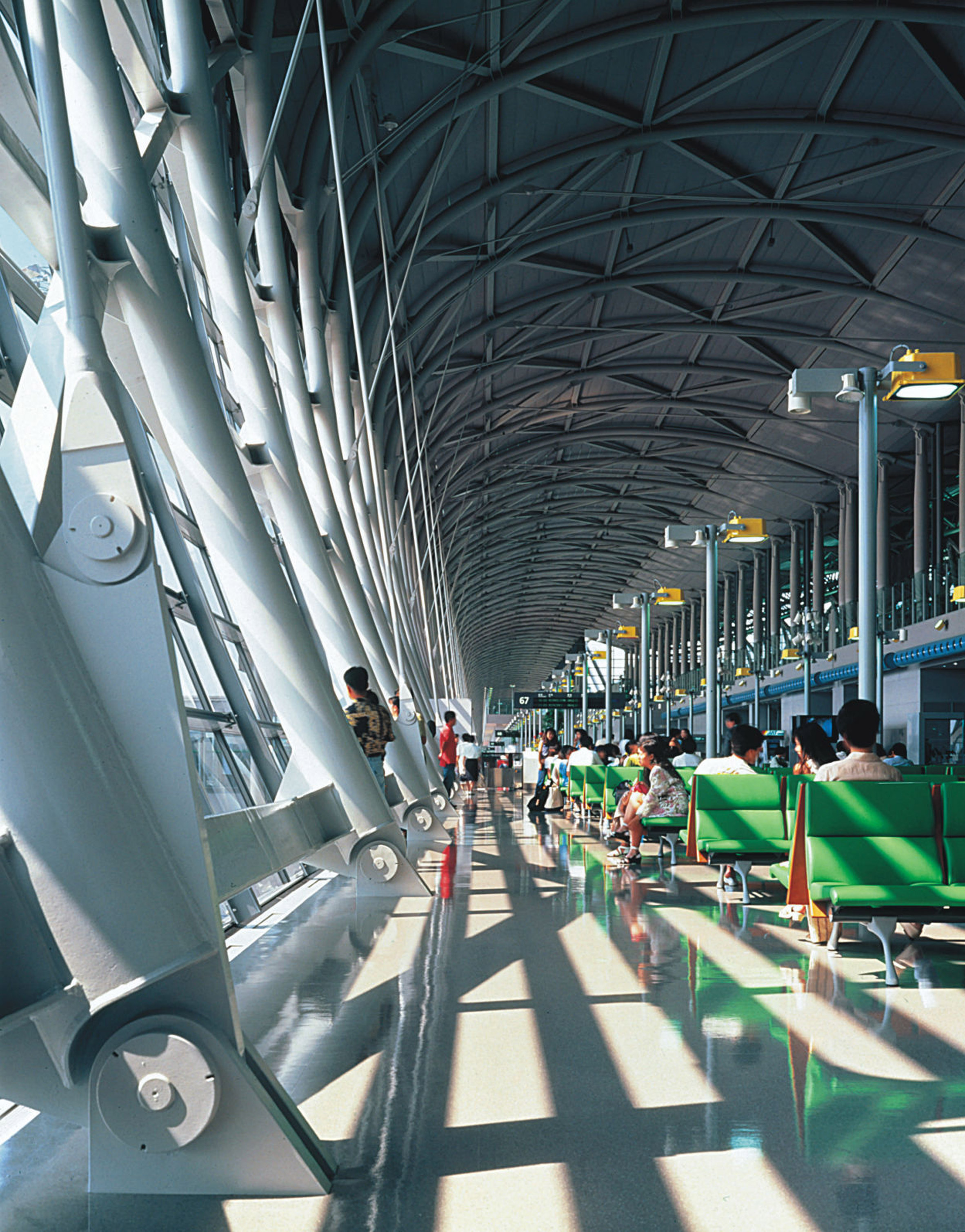
To test the design, Piano's team built a full-scale mockup of the gallery in their studio. It proved so pivotal that the fabrication of 1:1 models has been standard practice in the studio ever since.
Although The Menil Collection was praised by critics, Piano resisted the urge to take the building's style as his own. So while high-tech elements remained a consistent element of the designs that followed, they were wildly diverse in aesthetic.
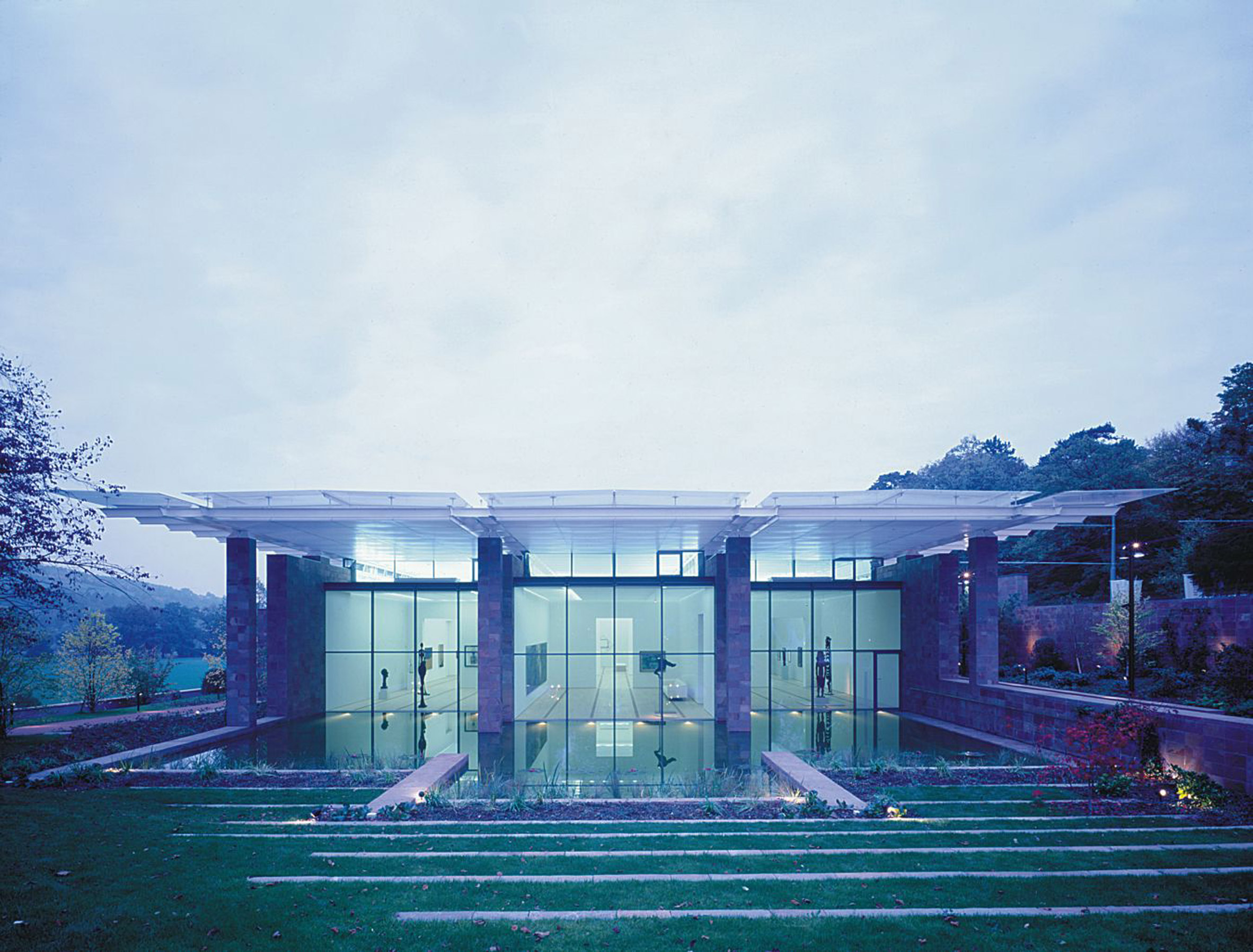
Kansai International Airport, completed in 1994, in Osaka, Japan, was pure function, with its undulating clear-span roof, while the Beyeler Foundation in Basel, Switzerland, was imagined as a poetic assemblage of glass and stone, animated by light.
There was also the Jean-Marie Tjibaou Cultural Centre in 1998, which saw Piano merge his ideas with the traditional Kanak architecture of Pacific island New Caledonia.
For Piano, this is as it should be. "I hate this idea of a repetitive gesture or a self-referential attitude," he told Dezeen in an interview published in 2012.
"I hate this idea of being trapped by the need to promote your griffe – your label – but at the same time I love the idea of coherence. I love the idea that an architect has their own language. We have to constantly fight against the temptation to repeat ourselves."
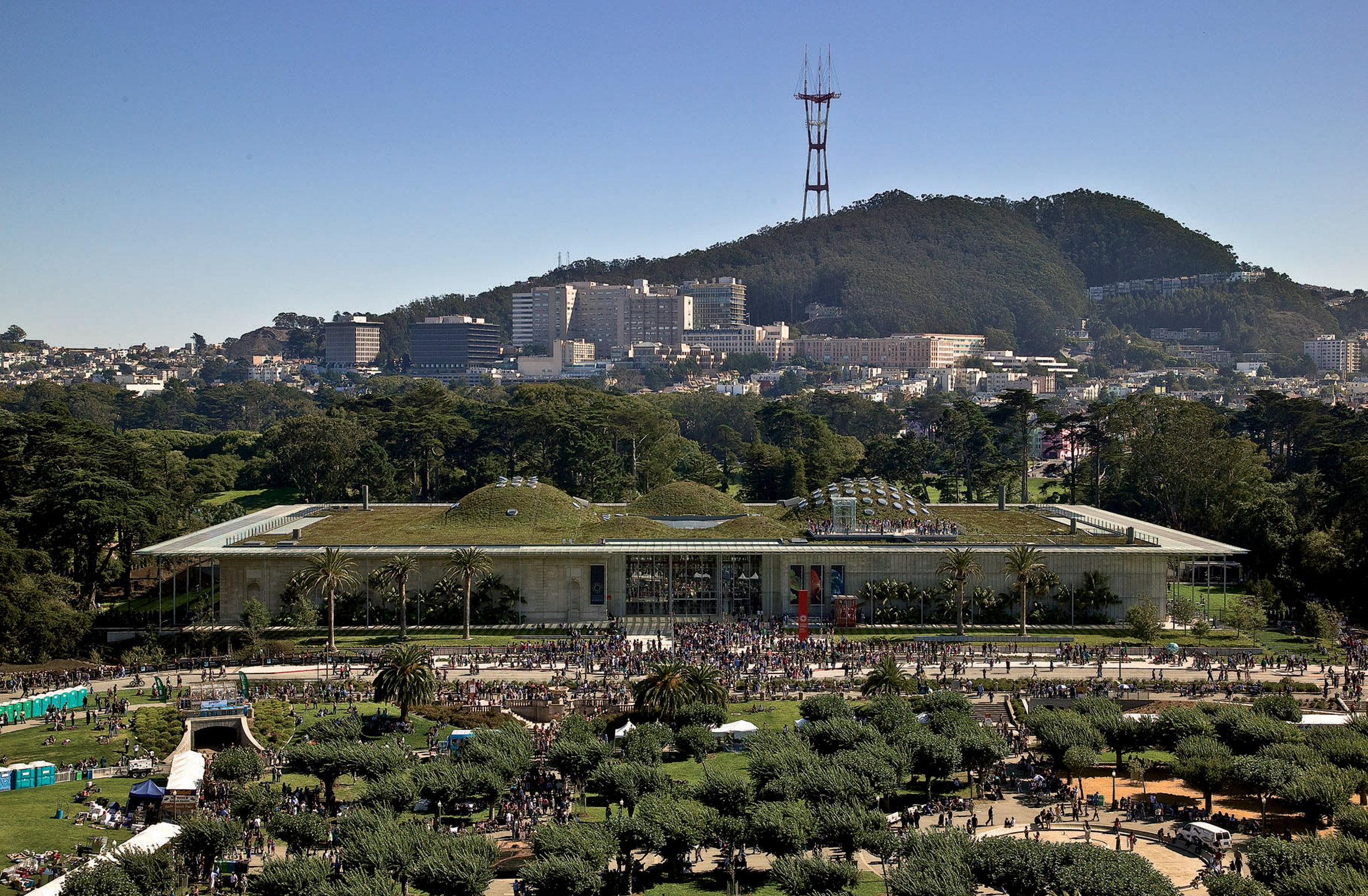
This coherence is more evident in Piano's works of the past 20 years. Projects like the New York Times Building in 2007, the California Academy of Sciences in 2008 and the Whitney Museum in 2015 all show that the architect's pursuit of rationality is ever present.
But there are also still moments of surprise. With The Shard in 2012, he proved that a skyscraper can be delicate, while the Fondation Jérôme Seydoux-Pathé in 2014 showed us a Piano we'd never seen before.
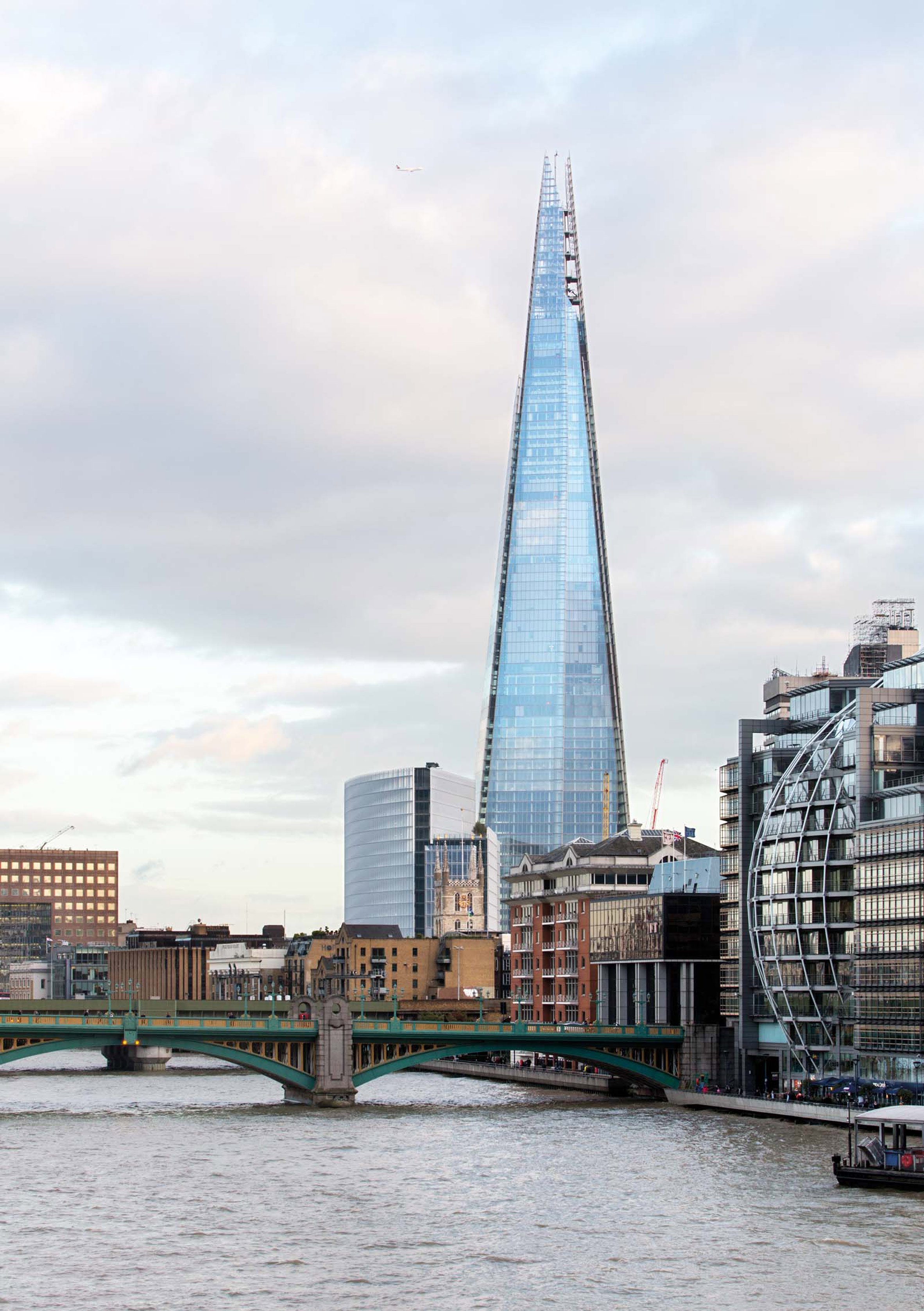
Piano is certainly an architect unafraid to take risks, and sometimes they backfire. The Astrup Fearnley Museet in 2012 in Oslo shows what happens when the engineering solutions aren't fully resolved. Yet it seems unlikely that any problem could dampen his enthusiasm for design.
Now aged 82, Piano is showing no sign of stopping. The plethora of projects he currently has on the drawing board include a motion picture museum in Los Angeles and a residential tower in New York. He is also designing a replacement for Genoa's collapsed Morandi Bridge, a project he volunteered to take on. His versatility could, in the end, be what drives the aspirations of high-tech into the future.

Led by architects Norman Foster, Rogers, Nicholas Grimshaw, Michael and Patty Hopkins and Piano, high-tech architecture was the last major style of the 20th century and one of its most influential.
Our high-tech series celebrates its architects and buildings ›
The main illustration is by Vesa Sammalisto and the additional illustration is by Jack Bedford.
The post Renzo Piano is the Italian high-tech architect appeared first on Dezeen.
https://ift.tt/2QRRpBz
twitter.com/3novicesindia
No comments:
Post a Comment